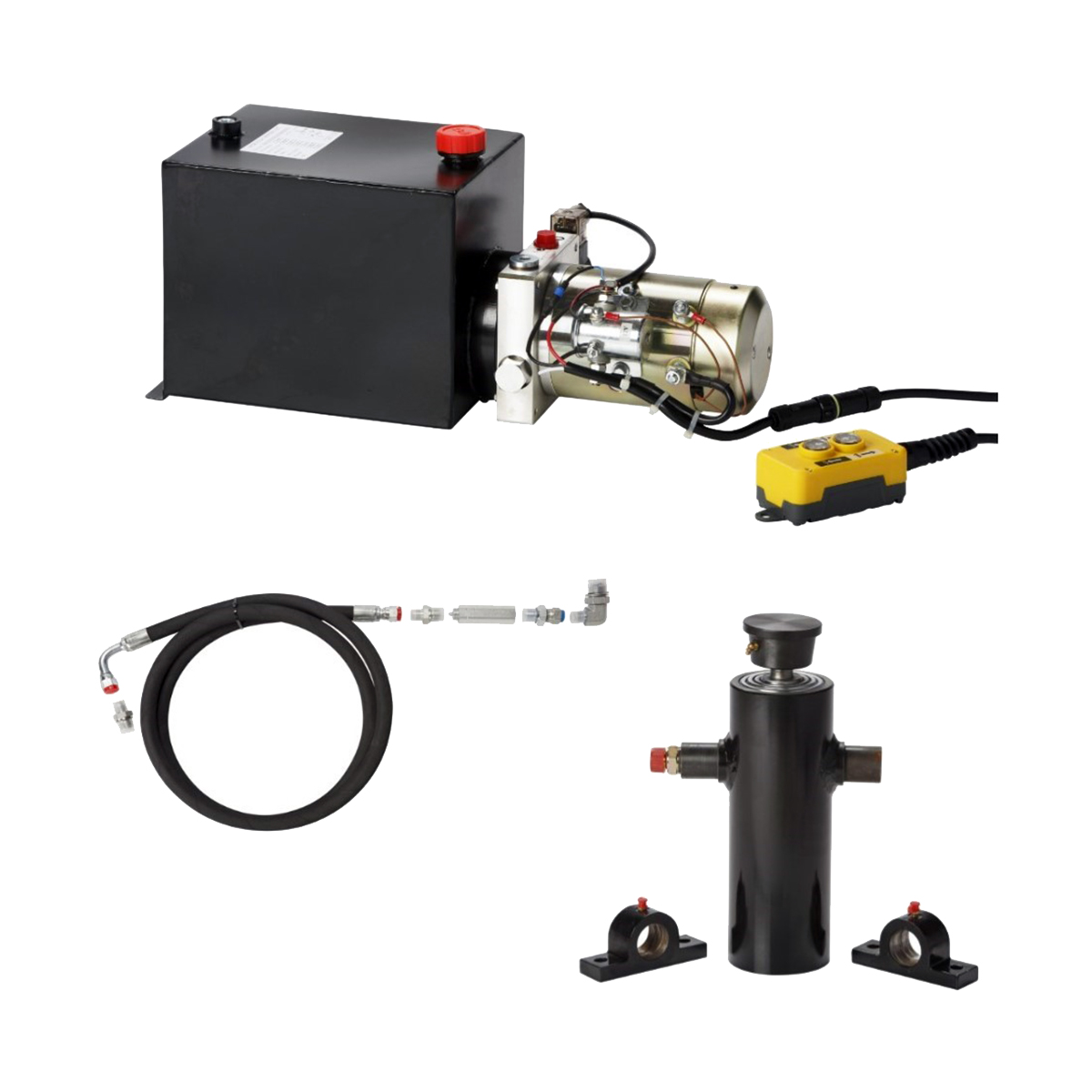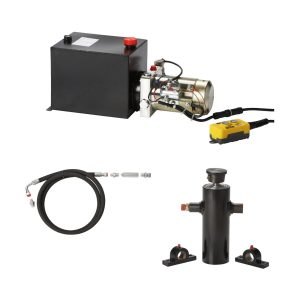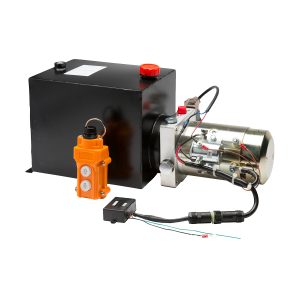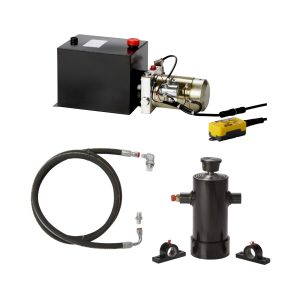
Tipper Kits now available
A new range of superior designed Tipper Kits for Utes are now available. These can be supplied to suit Single, Extra and Dual Cabs with tray lengths up to 2.6m. Their unique design has a full range of benefits and enables you to be able to install it yourself. The Premium Kit comes with all the parts and a comprehensive Installation Manual.
Also available are the hydraulics for Trailer Tippers with trays up to 14 ft trays.
Also available are the hydraulics for Trailer Tippers with trays up to 14 ft trays.

Shop Online
Visit our online store now to see our range of trusted products and clearance specials

PRODUCTS FOR SALE
Tipper Kits Australia offers a range of modular and custom built electro-hydraulic tipping options for trailers, utes, pick-ups and light commercial trucks.

STORE
Tipper Kits Australia offers a standard range of trailer and light commercial motor vehicle tipping kits. These are available in our on-line shop, however alternatively you can contact our office for further assistance or customised solutions.
Featured Products
- Sale!

Tipper Kits – Gold Short 800mm Stroke
$1,925.00Original price was: $1,925.00.$1,540.00Current price is: $1,540.00. + GST Add to cart - Sale!

Installation Kit – Bronze
$340.00Original price was: $340.00.$272.00Current price is: $272.00. + GST Add to cart - Sale!

Installation Kit – Silver
$400.00Original price was: $400.00.$320.00Current price is: $320.00. + GST Add to cart - Sale!

Installation Kit – Gold
$620.00Original price was: $620.00.$496.00Current price is: $496.00. + GST Add to cart
Product Range
- Sale!

Installation Kit – Silver
$400.00Original price was: $400.00.$320.00Current price is: $320.00. + GST Add to cart - Sale!

Installation Kit – Bronze
$340.00Original price was: $340.00.$272.00Current price is: $272.00. + GST Add to cart - Sale!

Tipper Hydraulic Power Pack – Gold 12V 10L
$1,225.00Original price was: $1,225.00.$980.00Current price is: $980.00. + GST Add to cart - Sale!

Tipper Kits – Gold Short 800mm Stroke
$1,925.00Original price was: $1,925.00.$1,540.00Current price is: $1,540.00. + GST Add to cart - Sale!

Tipper Hydraulic Power Pack – Gold 12V 10L
$1,025.00Original price was: $1,025.00.$820.00Current price is: $820.00. + GST Add to cart - Sale!

Tipper Kits – Bronze Extra Long 1250mm Stroke
$2,300.00Original price was: $2,300.00.$1,840.00Current price is: $1,840.00. + GST Add to cart - Sale!

Tipper Kits – Bronze Long 1000mm Stroke
$2,050.00Original price was: $2,050.00.$1,640.00Current price is: $1,640.00. + GST Add to cart - Sale!

Tipper Kits – Bronze Short 800mm Stroke
$1,750.00Original price was: $1,750.00.$1,400.00Current price is: $1,400.00. + GST Add to cart















